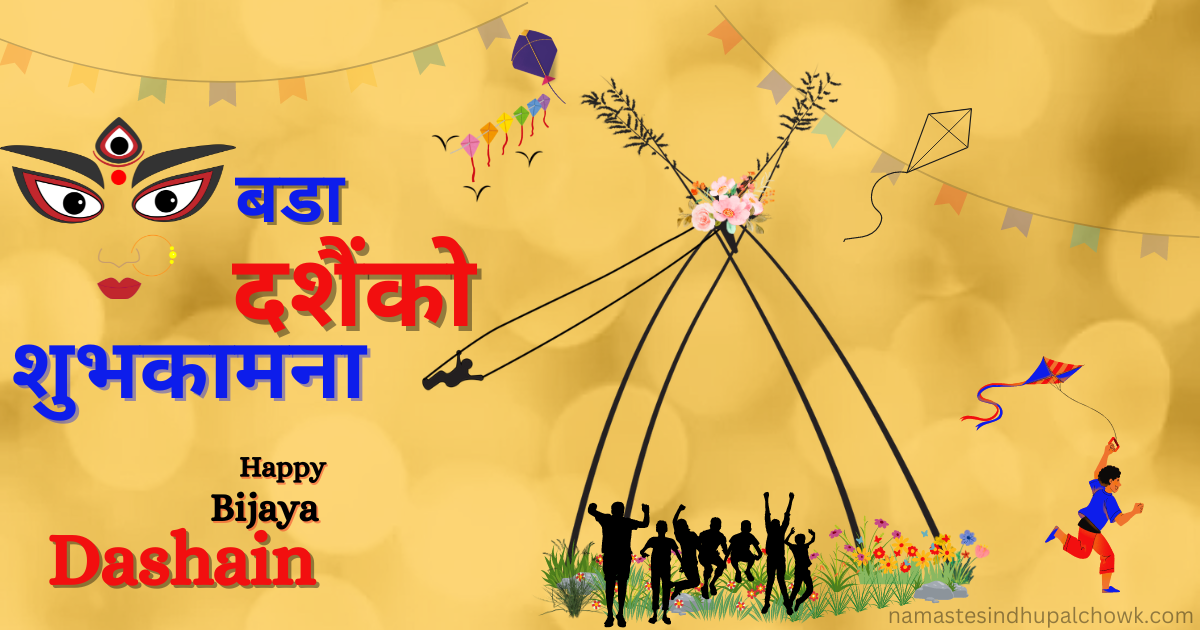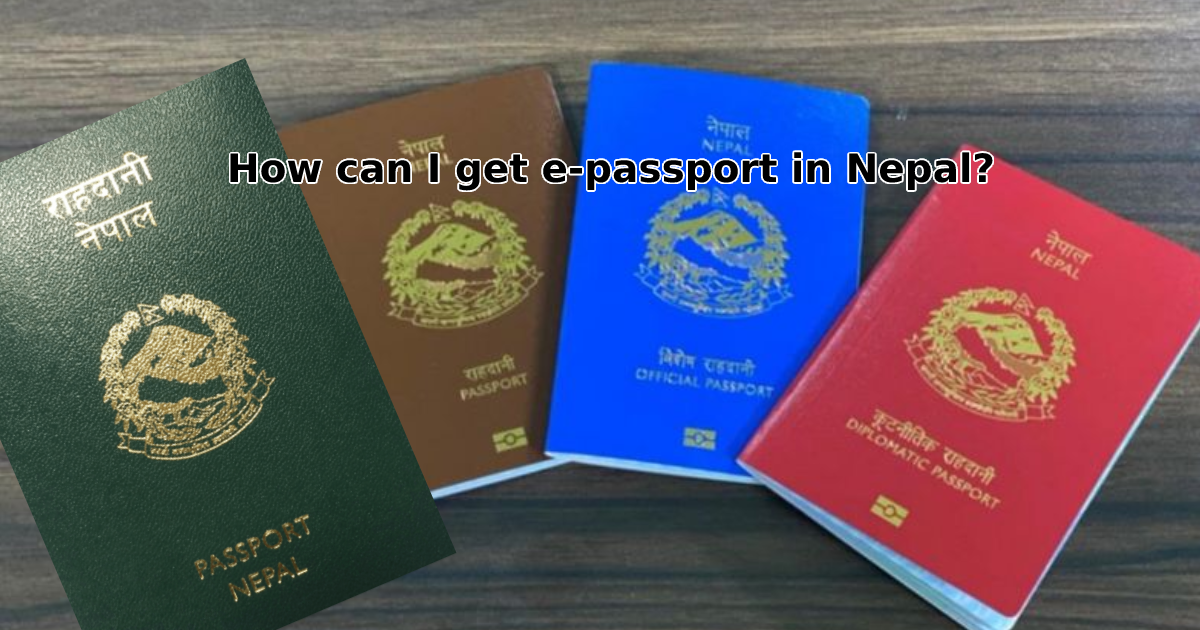Nepal is a beautiful country situated in the arms of the Himalayas at the northern pole of the world. Its biological diversity, cultural diversity, traditional diversity, ecological diversity have a distinct identity of Nepal in the world tourism industry. Although it is small on the world map, Nepal is very big in terms of its natural resources and ecological system. Here, the spotted tiger, one-horned rhinoceros, various plants and wild animals, which are becoming endangered in the world, are still alive today.
Nepal is an exemplary country in the protection of natural resources, environment, ecological system and animals. Recently, Nepal has managed to increase its number by protecting the spotted tiger and one horned rhinoceros. Nepal has been taking big steps in natural resource protection by creating various policy rules and departments. In this way, protected areas have been established in Nepal to protect wildlife and resources. Human activities are controlled within this protected area. Wild animals and birds have freedom. Similarly, protected areas have played an important role in reducing poachers of plants, and wild animals.
Protected Areas of Nepal
There are 12 national parks, 6 protected areas, 1 wildlife reserve, 1 hunting reserve, and 13 intermediate areas as protected areas in Nepal. With the aim of regulating, controlling and monitoring the protected areas, the National Forestry and Wildlife Reservation Department was established in 2037 under the Ministry of Forestry and Environment. This department manages all the protected areas of Nepal. Similarly, the Nepali Army has been protecting this protected area since 2032. Along with the development and promotion of protected areas, the Nepali Army has been playing a role in controlling poaching.
Among the 118 ecosystems found in Nepal, 80 types of ecosystems fall within protected areas. The protected area occupies 23.39% (34419.75 square KM) of the total area of Nepal. Protected areas have helped boost eco-tourism. It has helped Nepal's economy by collecting revenue.
30% - 50% of the revenue collected from the protected area is being spent on income generation, skill development, capacity building, conservation, education and community development, and resource protection of the local residents living nearby. In this way, it seems that the protected area also carries responsibility towards the community.
Wetlands also exist as protected areas in Nepal. In 1987, Koshi Tappu Wildlife Reserve was listed on the Ramsar site. Currently, 10 wetlands of Nepal have been listed in the world Ramsar sites. The area of wetlands listed in the Ramsar Zone is 60,561 hectares.
List of protected areas of Nepal - National park, Wildlife reserve, Conservation areas, and Hunting reserve
National Parks in Nepal
National Park is an area set aside for protecting and conserving plants, animals, landscapes, and natural surroundings. These parks have strict rules to limit human impact and preserve their original state. Activities like hiking, camping, wildlife observation, and photography are popular in national parks. However, activities harmful to the environment, such as hunting and resource extraction, are usually prohibited.
Communities, villages, resorts, hotels, and homestays can be found within a National Park. These areas offer opportunities to observe natural resources, flora, and fauna. Access typically requires paying a fixed entrance fee established by the government.
Chitwan National Park, established in 2030, is Nepal's first national park. Everest National Park holds the title of the world's highest national park, encompassing Mount Everest. She-Foksudo National Park is the largest, while Rara National Park is the smallest. Lastly, Parsa National Park holds the distinction of being Nepal's youngest National Park.
These are the National Parks of Nepal, which are list below
| S.N. | National Park | Areas ( Sq. KM) | Buffer Zone (Sq. KM) | Cover Districts | Estd. (AD) |
|---|---|---|---|---|---|
| 1. | Chitwan | 952.63 | 750 | Parsa, Chitwan, Makawanpur | 1973 |
| 2. | Khaptad | 225 | 216 | Bajhang, Bajura, Achham | 1984 |
| 3. | Langtang | 1710 | 420 | Sindhupalchowk, Rasuwa, Nuwakot | 1976 |
| 4. | Sagarmatha | 1148 | 275 | Solukhumbu | 1976 |
| 5. | Makalu Barun | 1500 | 830 | Solukhumbu, Sangkhuwasabha | 1992 |
| 6. | Shey-Phoksundo | 3555 | 1349 | Dolpa, Mugu | 1984 |
| 7. | Shivapuri Nagarjun | 159 | 159 | Nuwakot, Sindhupalchowk, Kathmandu, Dhading | 2002 |
| 8. | Banke | 550 | 343 | Banke, Salyan, Dang | 2010 |
| 9. | Rara | 106 | - | Mugu, Jumla | 1976 |
| 10. | Bardiya | 968 | - | Bardiya, Kailali | 1988 |
| 11. | Shukla Phata | 305 | 243.5 | Kanchanpur | 1976 |
| 12. | Parsa | 627.39 | 285.3 | Makawanpur, Parsa, Bara | 1984 |
Conservation areas in Nepal
The conservation area is a planned space that protects wildlife, art, culture, biological diversity, natural resources, and ecological systems. It also strives to maintain a balance in using natural resources. These areas encompass national parks and wildlife reserves, with rules that can vary slightly from those in national parks. Nepal has conservation areas such as Annapurna, Kanchenjunga, Manaslu, Blackbuck, Api Nampa, and Gaurishankar.
| S.N. | Conservation Area | Area (Sq. KM) | Estd | Cover Districts |
|---|---|---|---|---|
| 1. | Annapurna | 7629 | 1985 | Manang, Mustang, Kaski, Myagdi, Lamjung |
| 2. | Gaurishankar | 2179 | 2010 | Ramechhap, Dolkha, Sindhupalchowk |
| 3. | Blackbuck | 16.95 | 2009 | Bardiya |
| 4. | Manaslu | 1663 | 1998 | Gorkha |
| 5. | Api Nampa | 1903 | 2010 | Baitadi, Darchula |
| 6. | Kanchenjunga | 2035 | 1997 | Taplejung |
Wildlife Reserve in Nepal
Wildlife reserve is a unique location set aside for various kinds of birds and animals. This area designates space for the natural habitats of wild animals. Additionally, the main goal of creating these reserve areas is to safeguard endangered wild animals while providing them with a suitable living environment. Notably, Koshi Tappu stands as Nepal's sole wildlife reserve center.
| S.N. | Wildlife Reserve | Area (Sq. KM) | Estd | Cover Districts |
|---|---|---|---|---|
| 1. | Koshi Tappu | 176 | 1987 | Sunsari, Saptari, Udayapur |
Hunting Reserve in Nepal
A hunting reservation is a special area set aside for people who like to hunt animals. Hunters can go to this place to hunt animals as long as they have permission. To get permission, they need to pay some money and follow the rules. There's only one hunting reservation in Nepal, which is called the Dhorpatan hunting reserve.
| S.N. | Hunting Reserve | Area (Sq. KM) | Estd | Cover Districts |
|---|---|---|---|---|
| 1. | Dhorpatan Hunting Reserve | 1325 | 1987 | East Rukum, Myagdi, Baglung |







